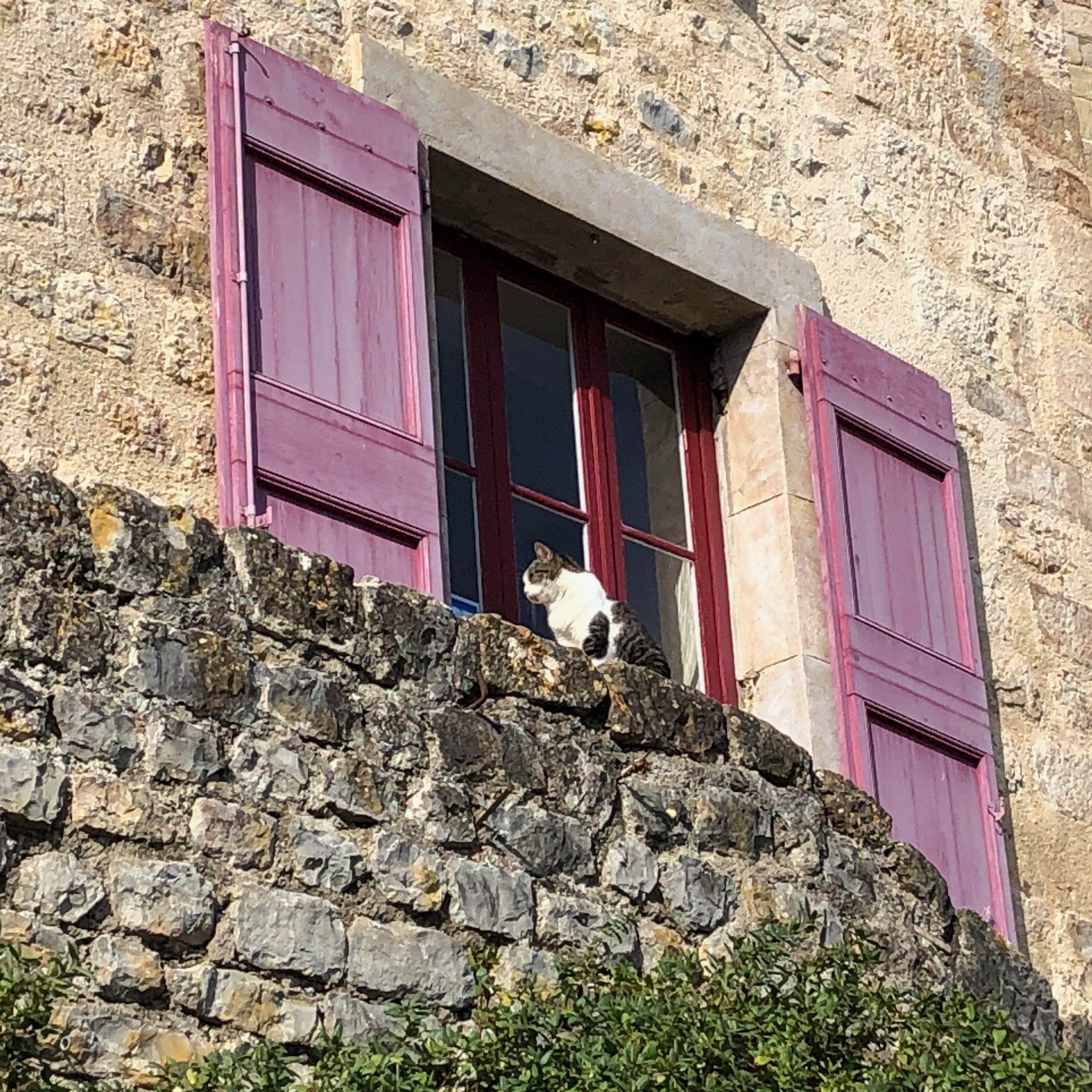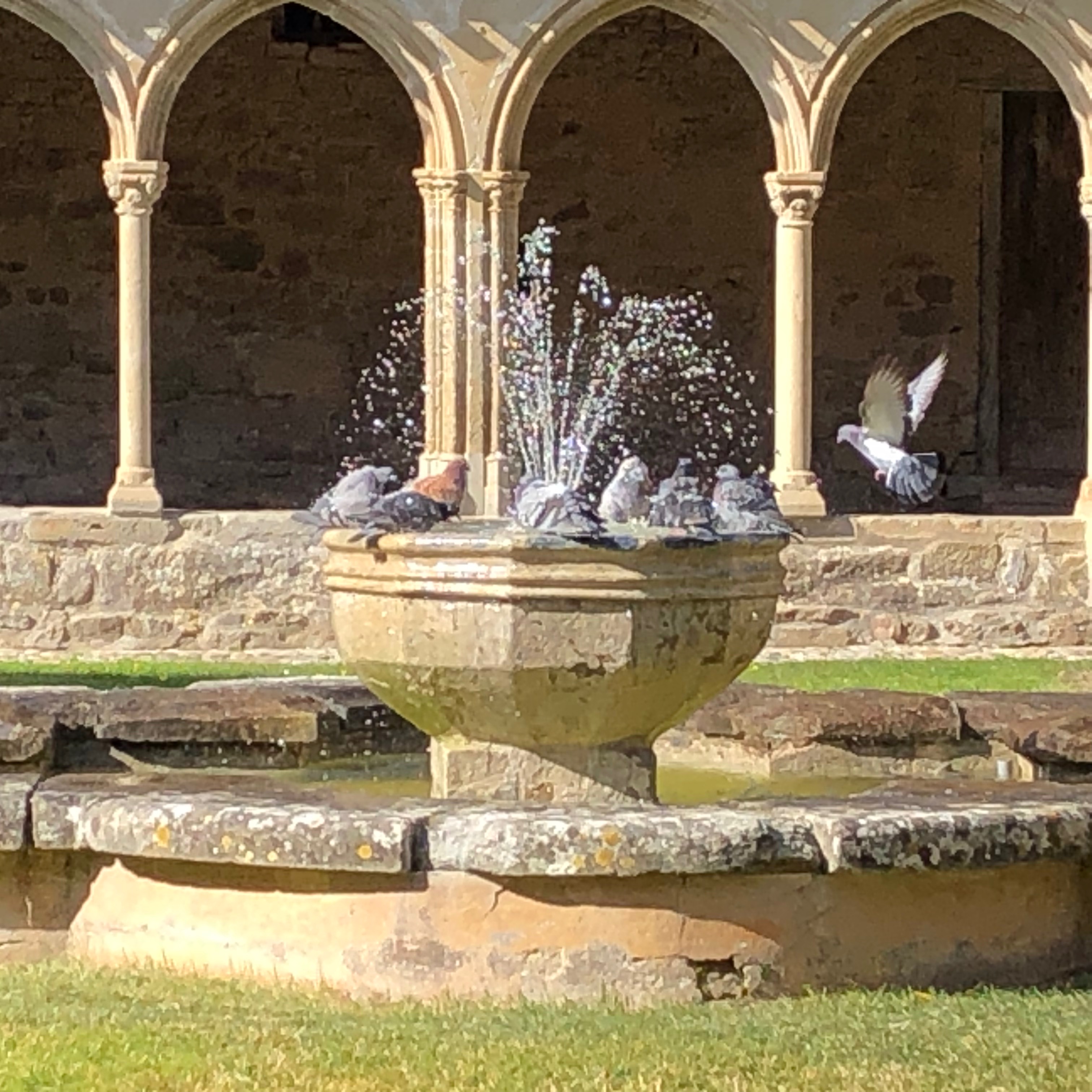
We made a trip to Saint-Hilaire, a former abbey near Carcassonne, managed by Benedictines. The earliest documentary evidence dates back to 825 – so we are again in the era of Charlemagne. Today there are no more monks or nuns – the buildings including the chapel, however, are restored and may be visited.
Inside there is a beautiful fountain where a bunch of pigeons enjoy their bath in the sun.
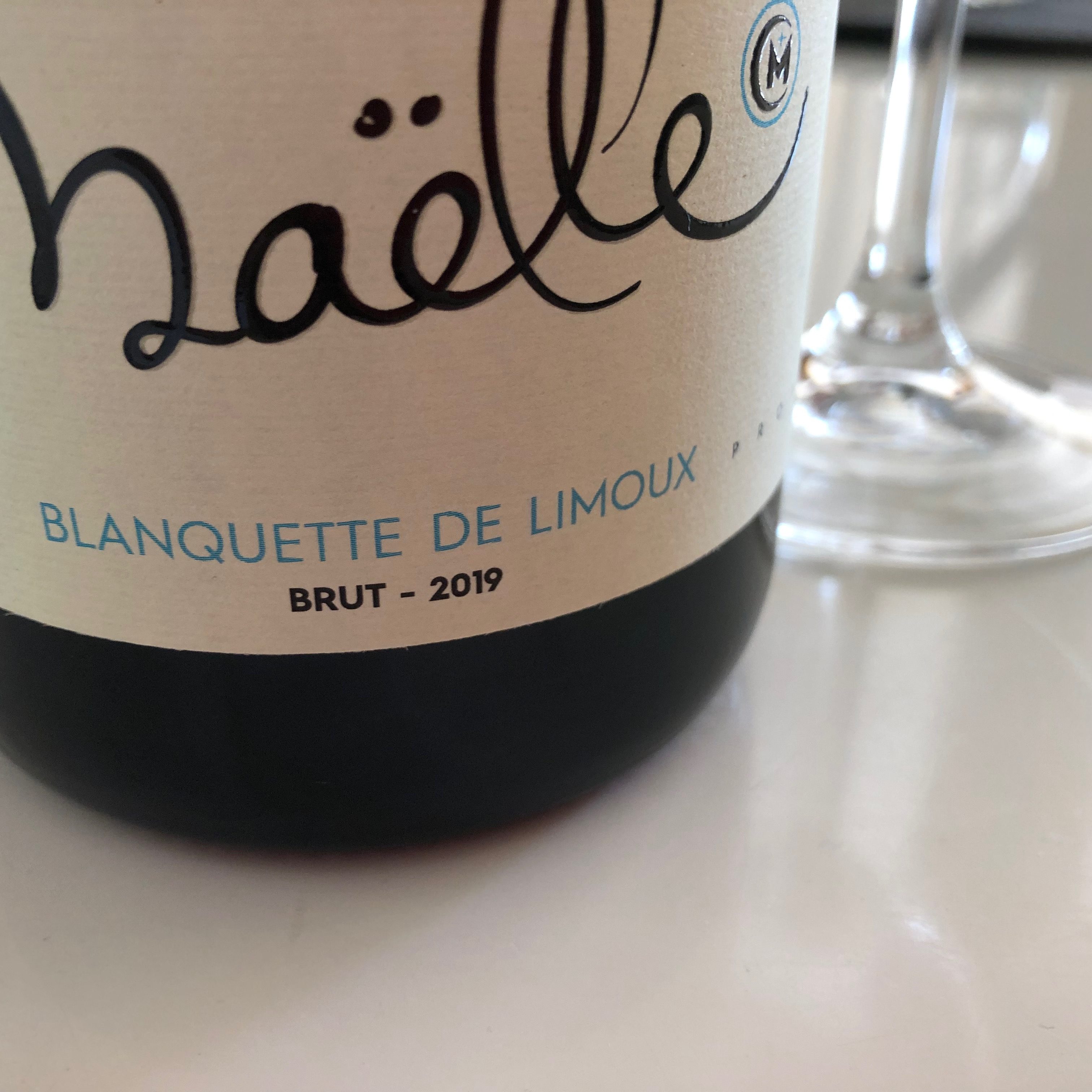
Coming now to the real important things of life & history …
There is also a documentary evidence from 1531 that the busy monks created the 1st sparkling wine in their cellars. A tradition was well-grounded for the next centuries. The sparkling wine of this region in Southern France is called Blanquette.
Today it’s officially Blanquette de Limoux (AOC) which appears as doux or brut. The monks created the doux version, today called à la méthode ancestrale. The brut version apparently came later …
We had a very fine Blanquette de Limoux brut, bought at the abbey’s shop, some days later for happy hour. (I don’t think that this will be the only bottle we’ll enjoy!)
We walked the abbey grounds, the garden, the chapel … & the small village (less than 800 inhabitants).
In the chapel there is a famous relief on the sarcophagus of the 1st bishop of Toulouse, Saint Sernin (aka Saint Saturnin), who lived about 250 & suffered martyrdom. The mortal remains of the bishop are in Toulouse, in the Basilique Saint-Sernin, however the sarcophagus (from the 12th century) sits in the chapel of Sainte-Hilaire.
Only recently art historians pointed out that an important, but unknown sculptor seemed to have created quite a lot of oevres in Southern France, Northern Spain & Northern Italy. The relief about the martyrdom is one of them displaying some signature details of his mastery.
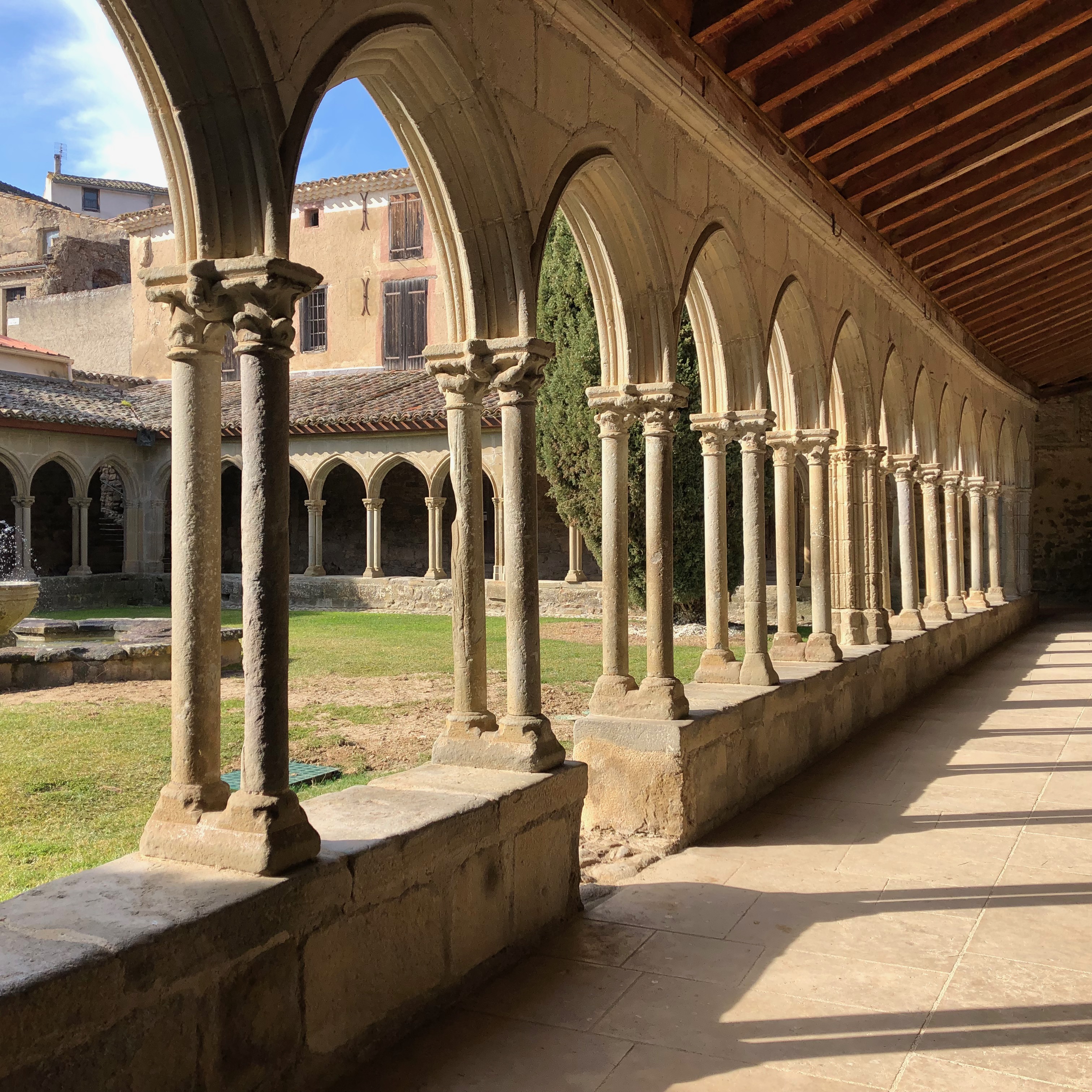
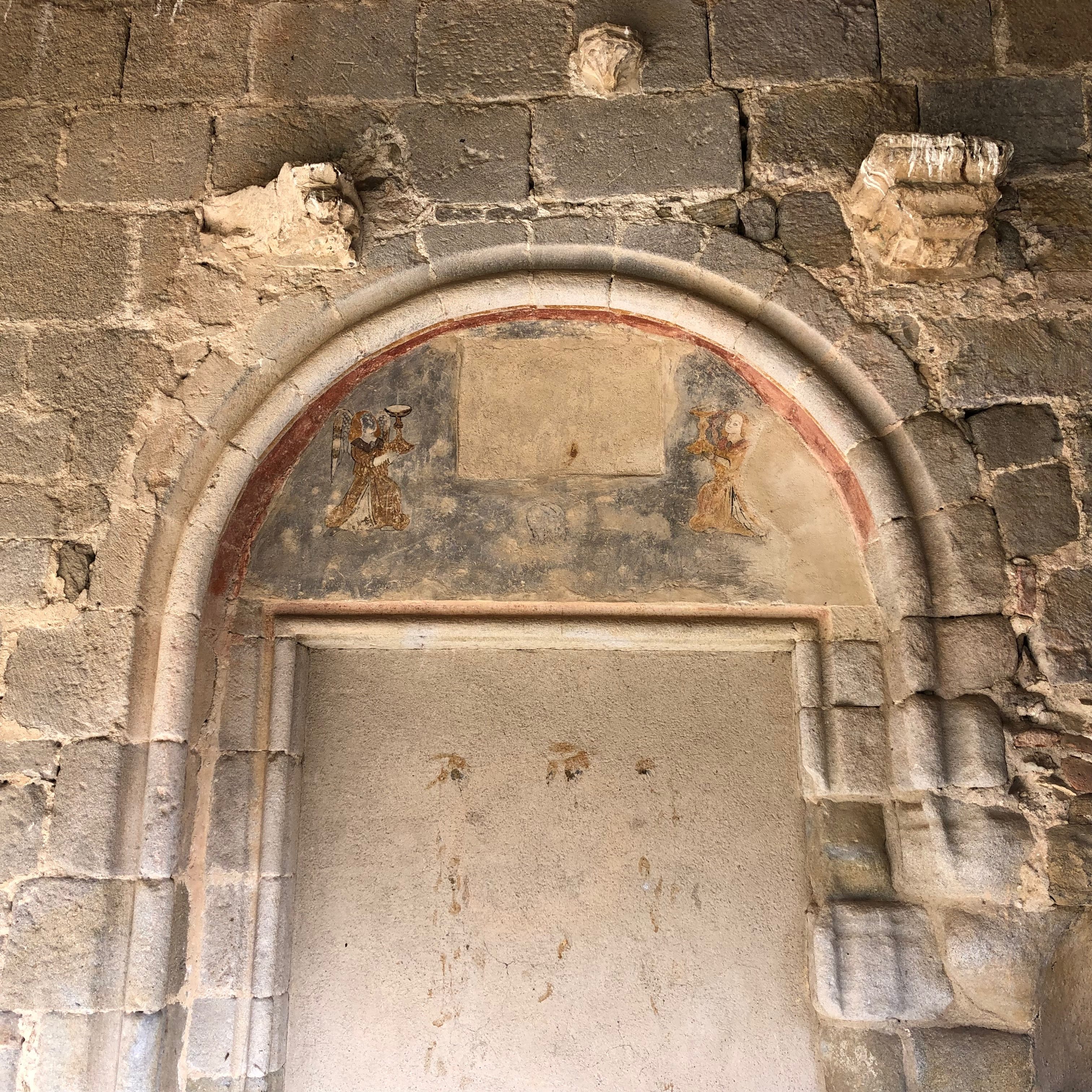
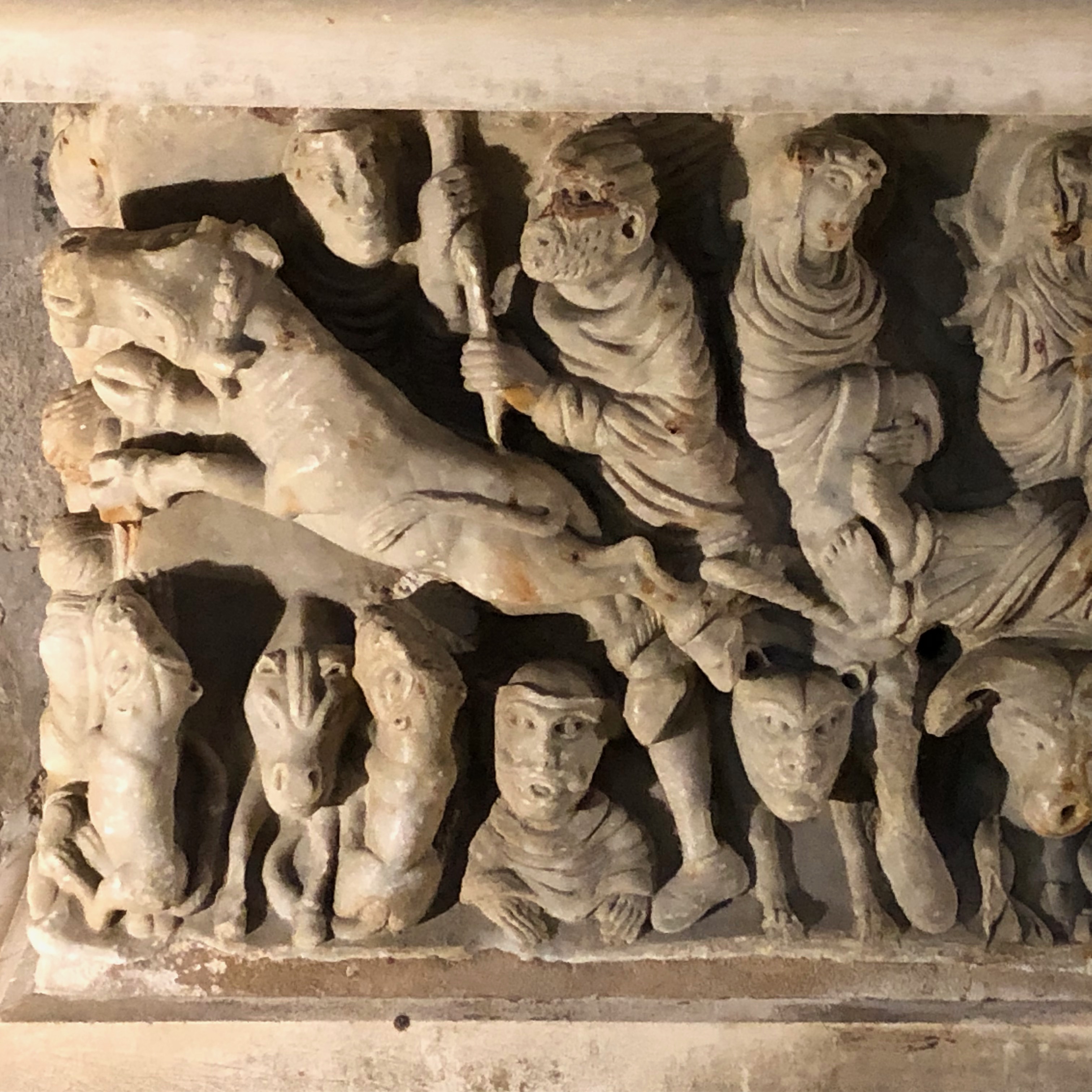
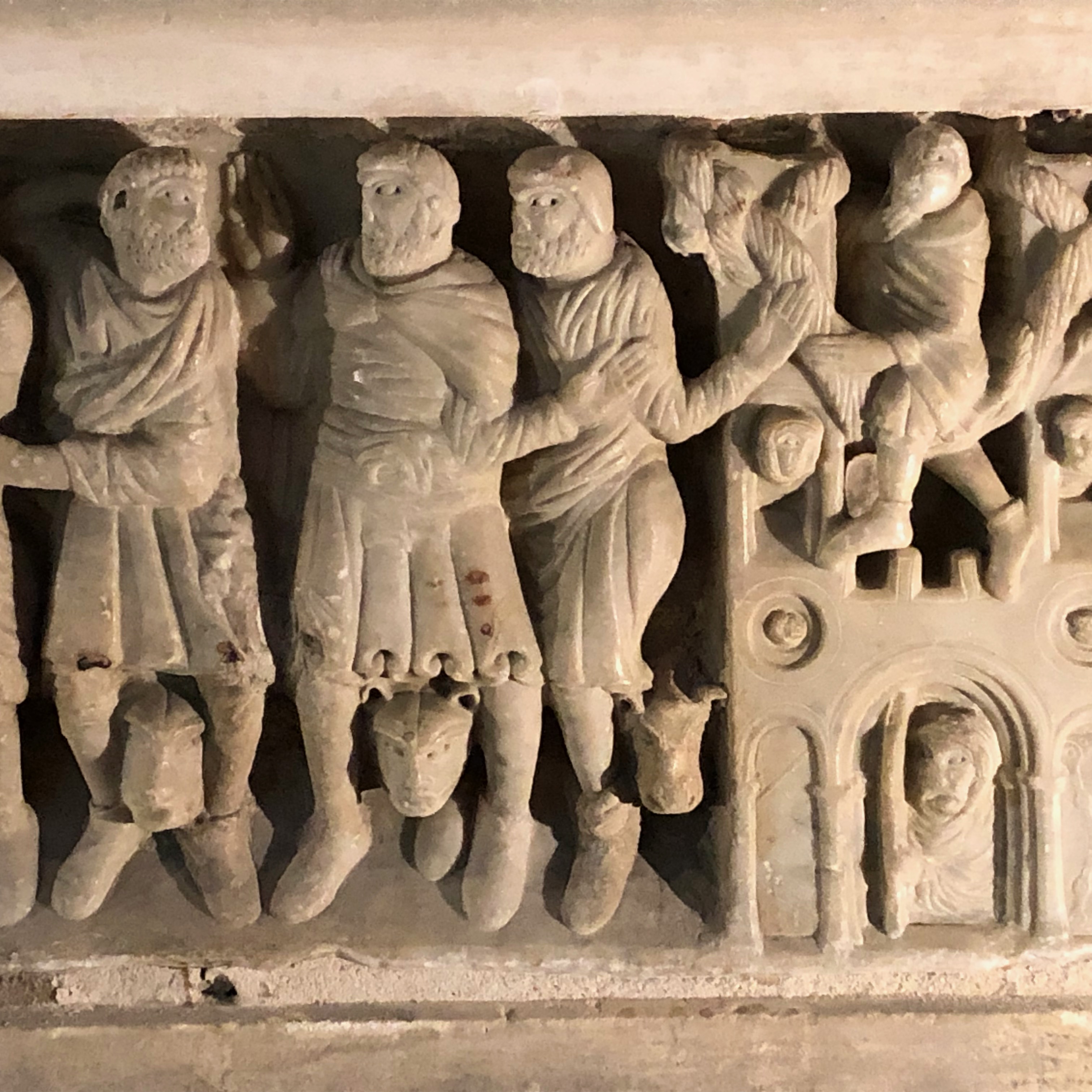

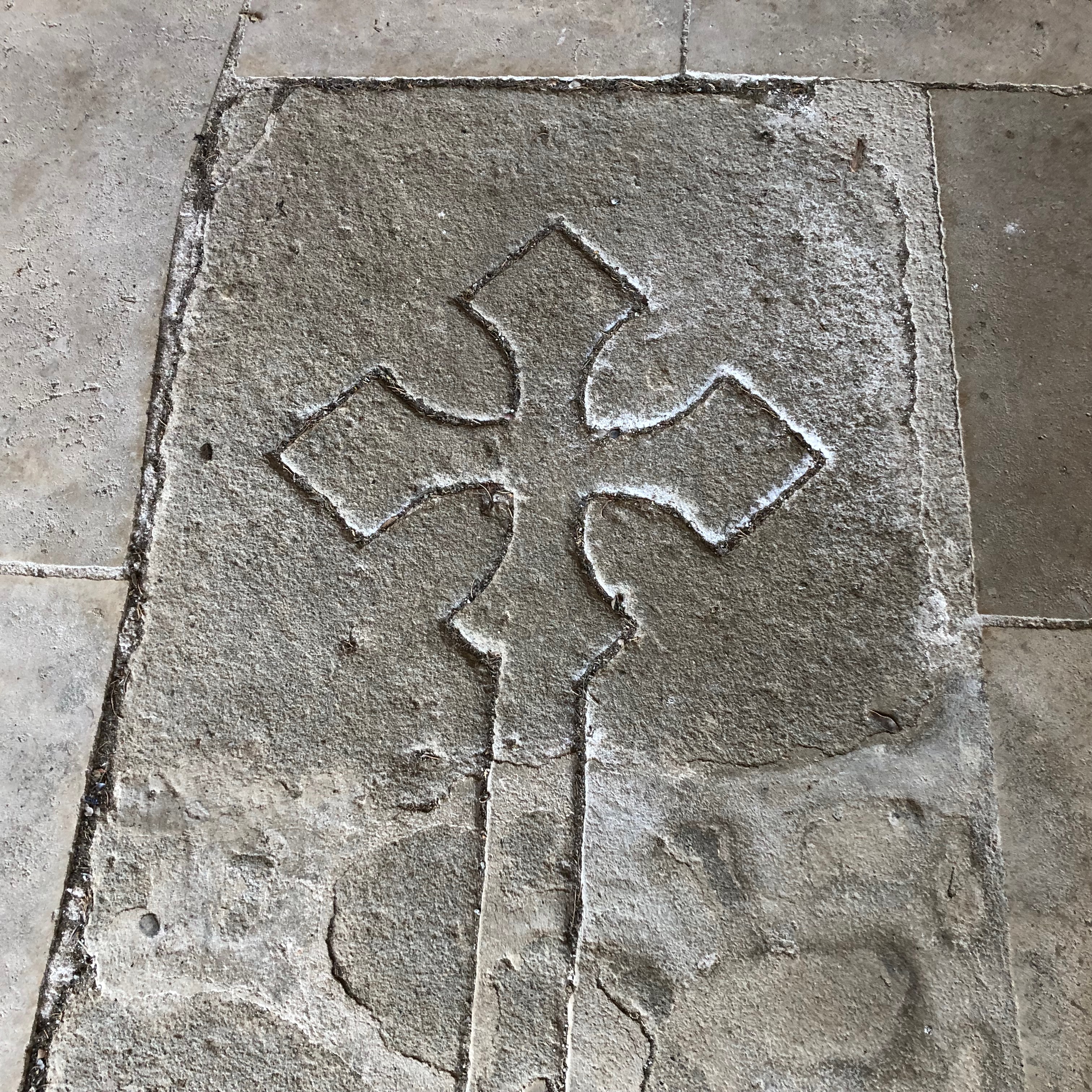
Finally we had a look at the cellars where the monks created their wines.
Strolling along the area you may notice that quite a lot of the original abbey is now mixed w/ modern replenishments to save from disintegration.
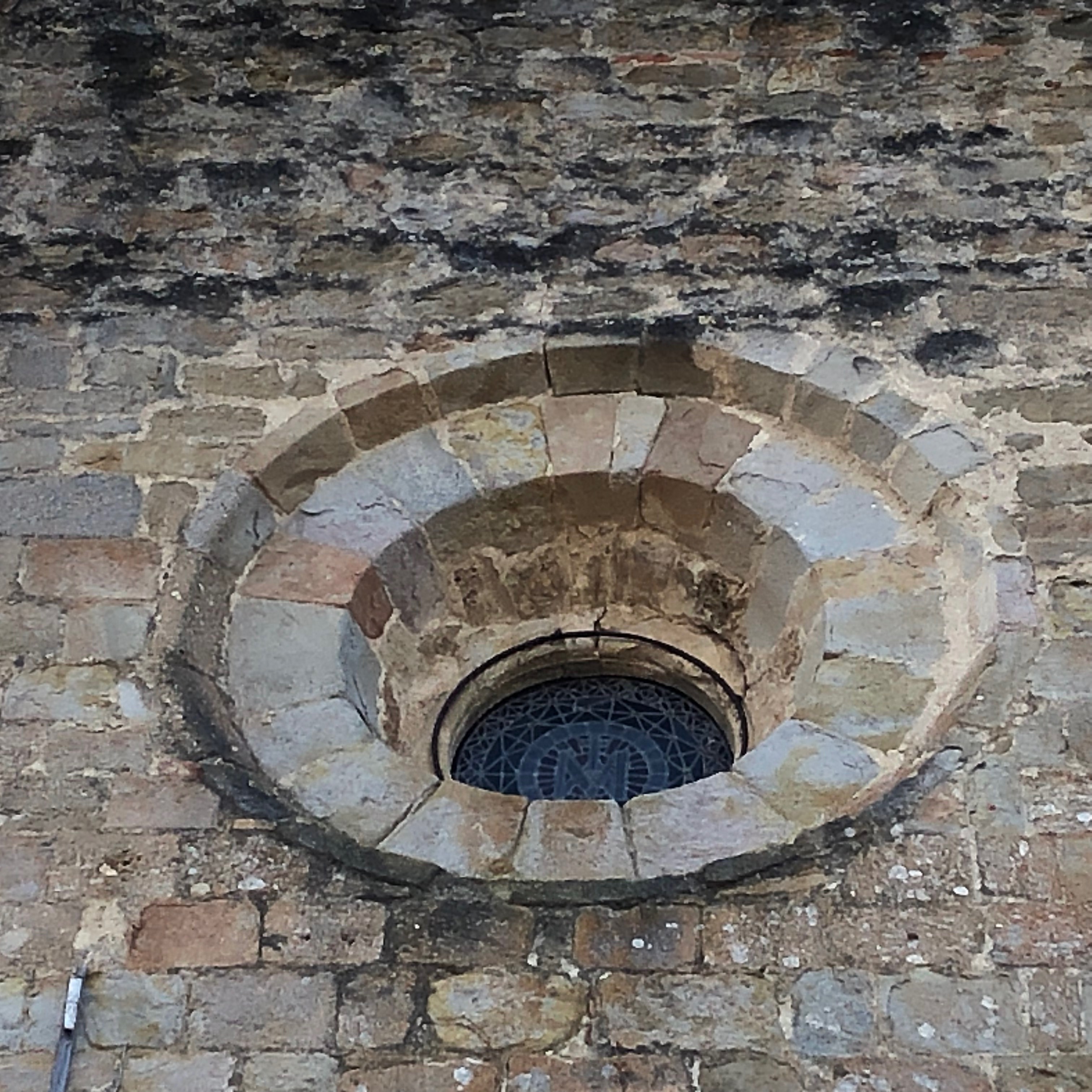
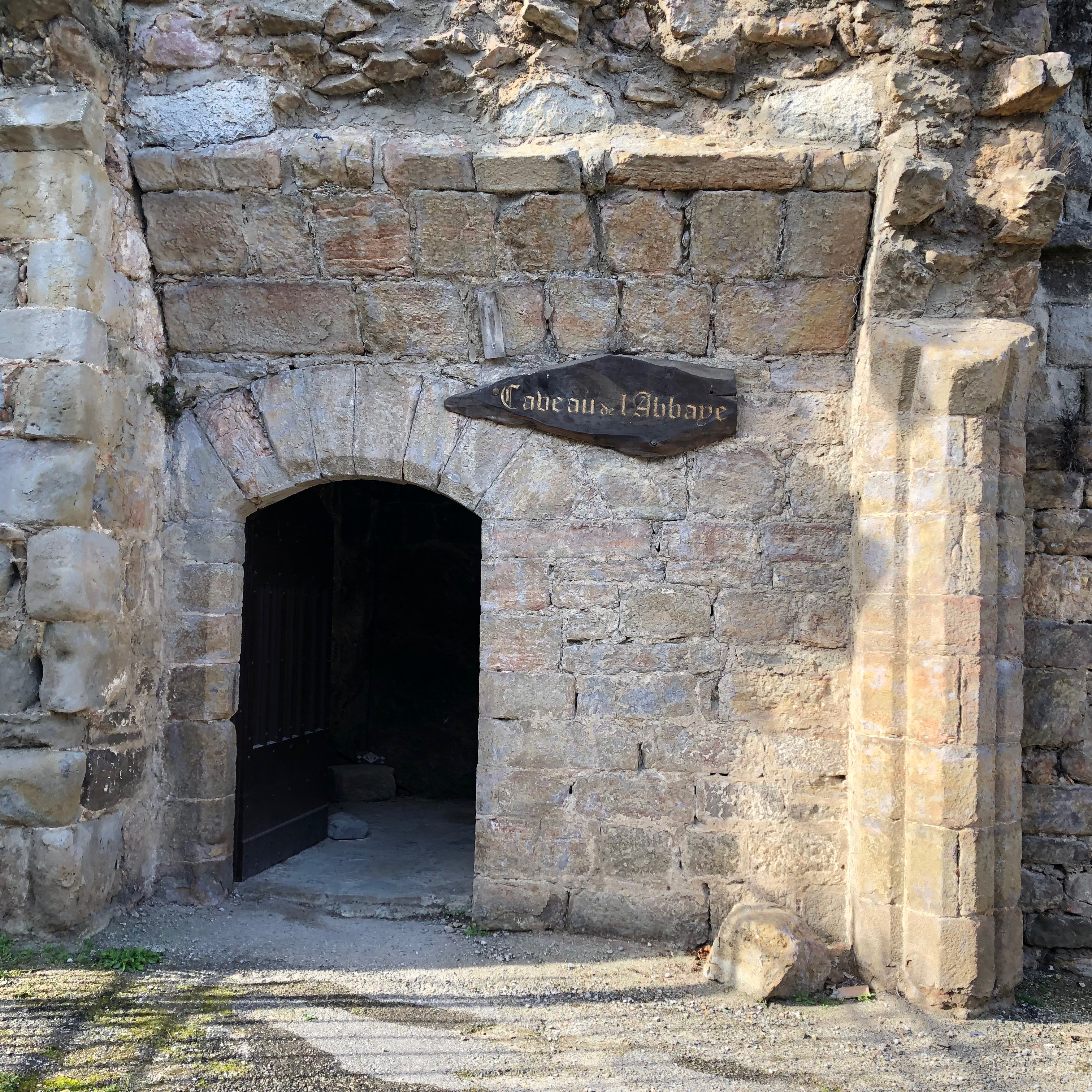
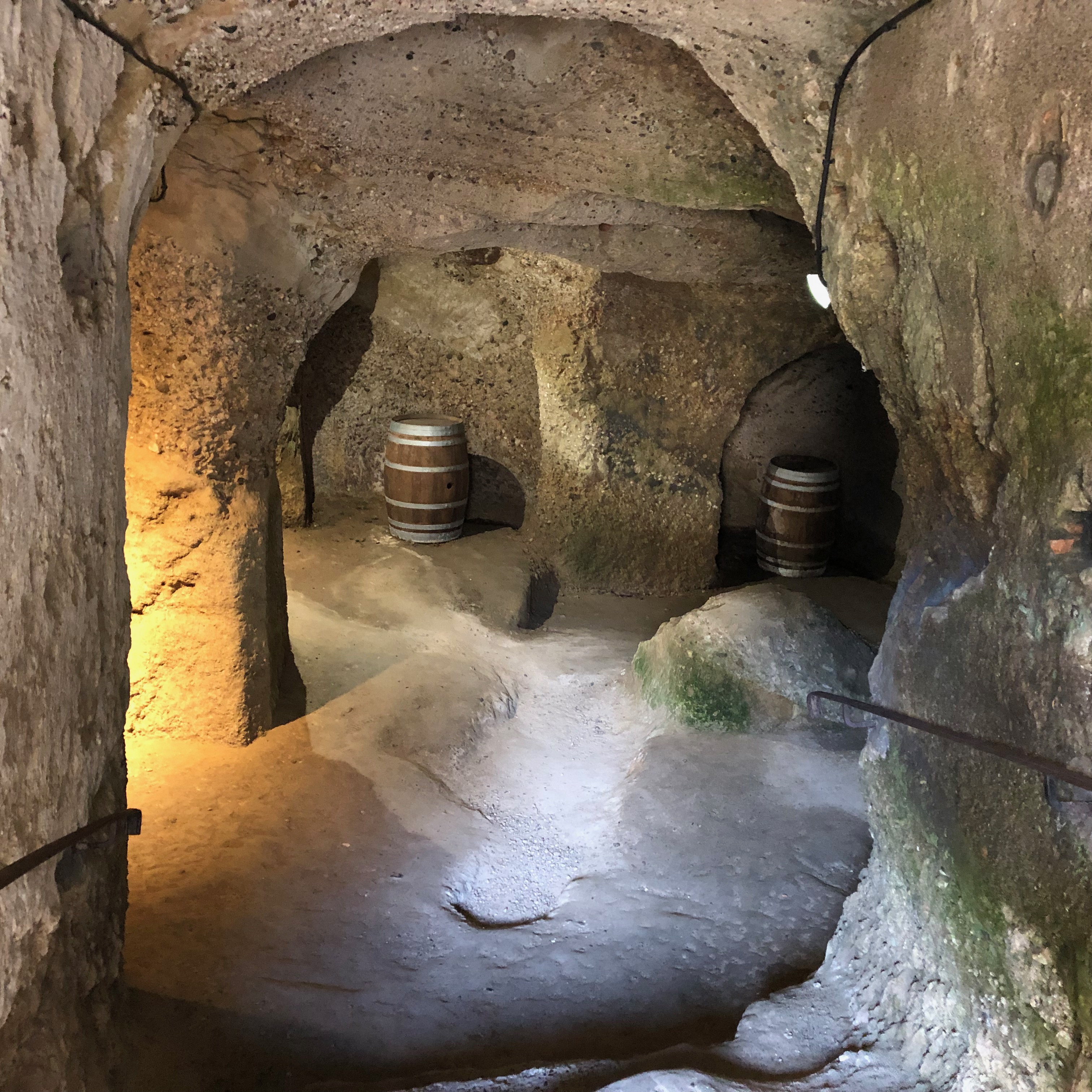
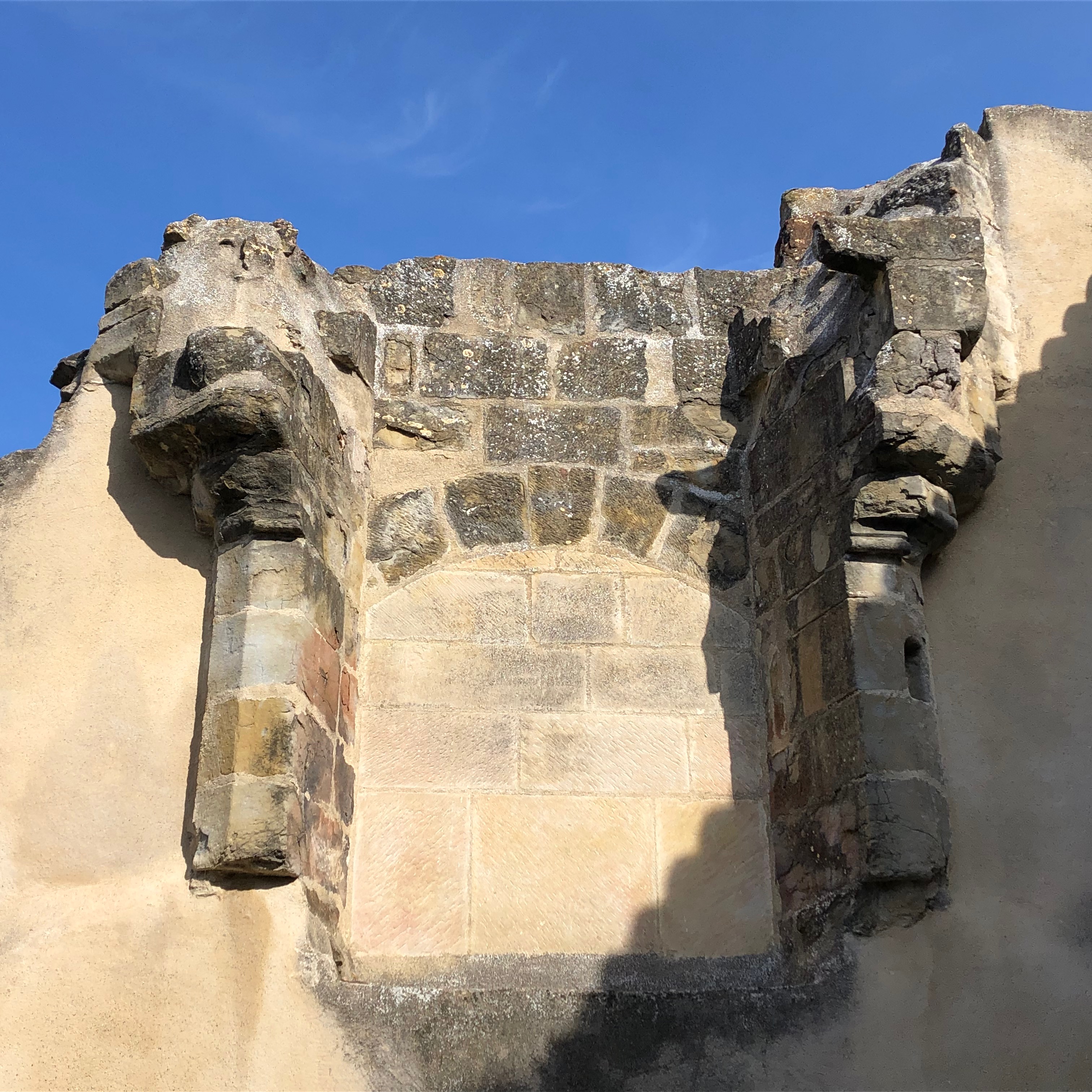
… & a view of the main building and the chapel.
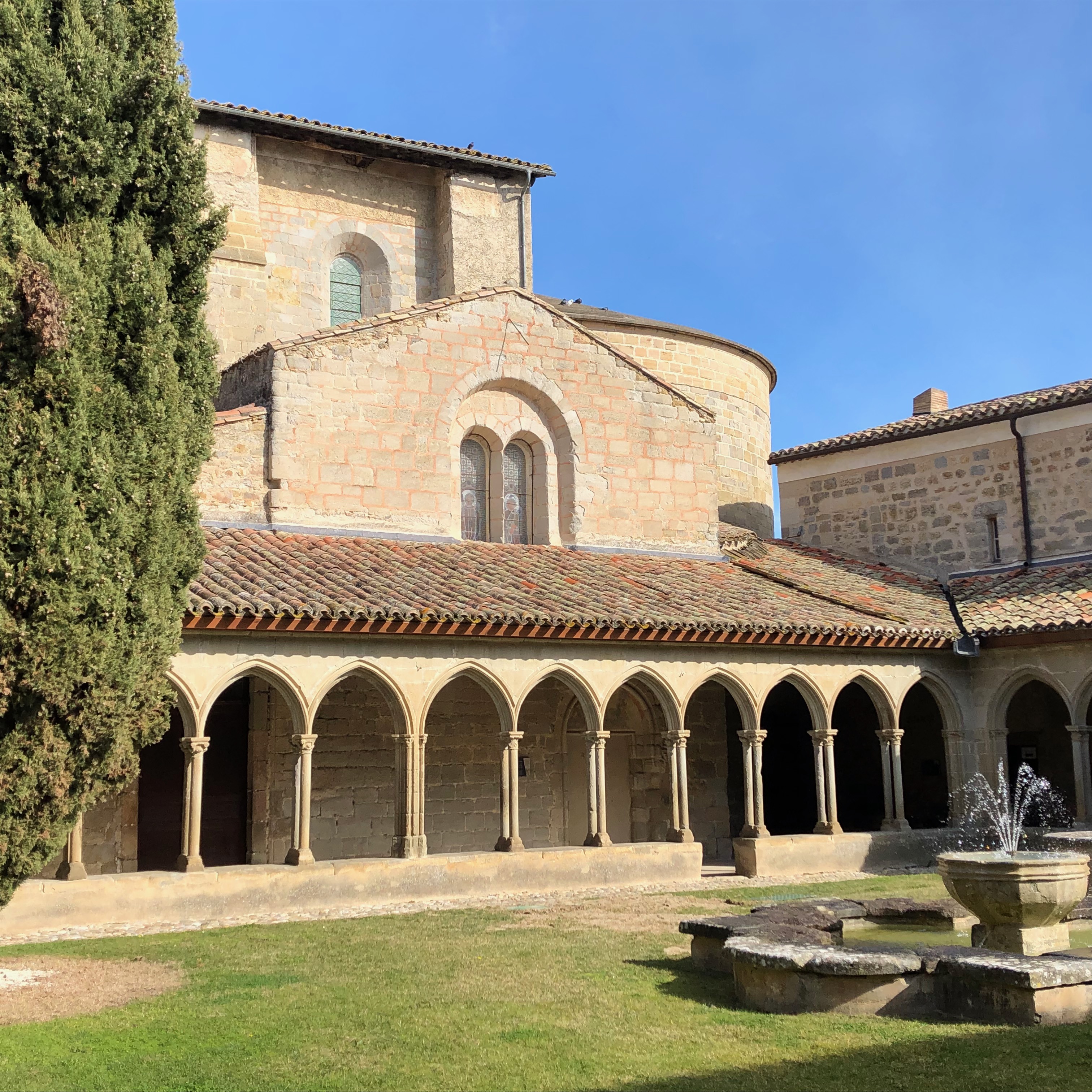
This is the entrance (& also the exit) to the abbey i. e. the ticket counter & the shop. As you may notice it’s well guarded.
